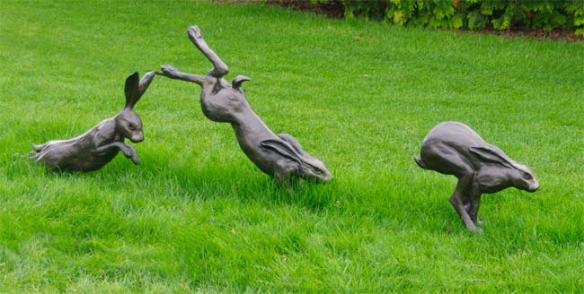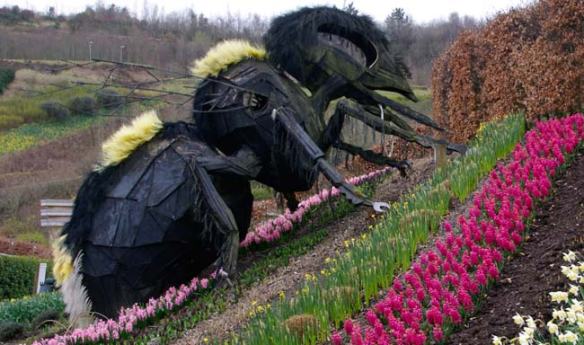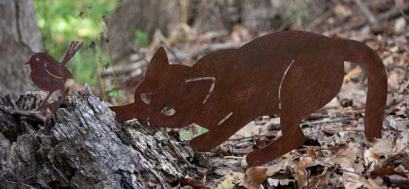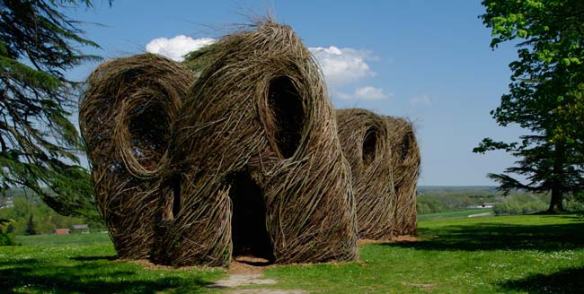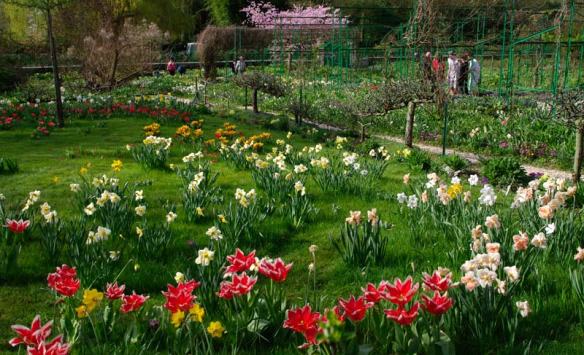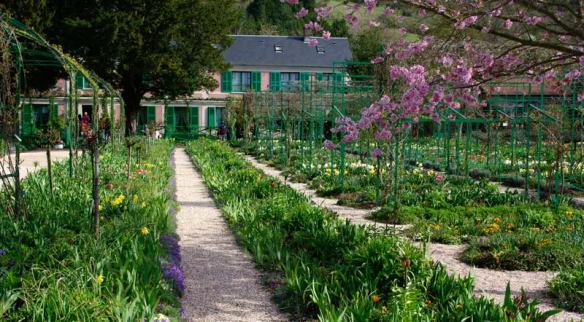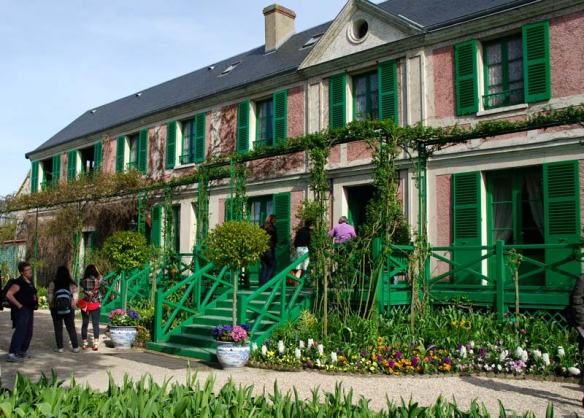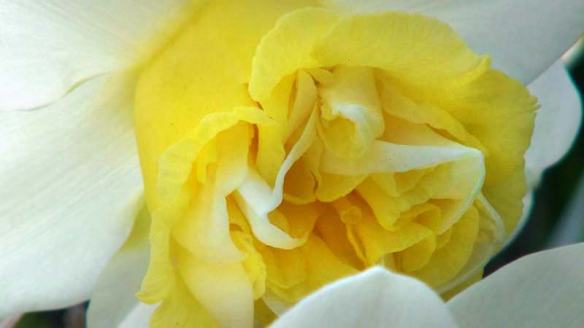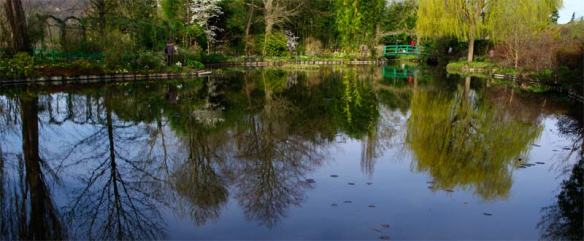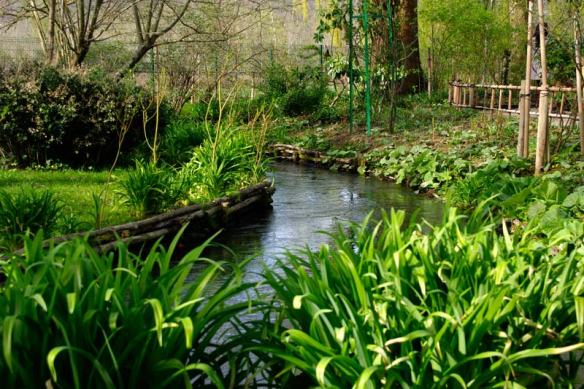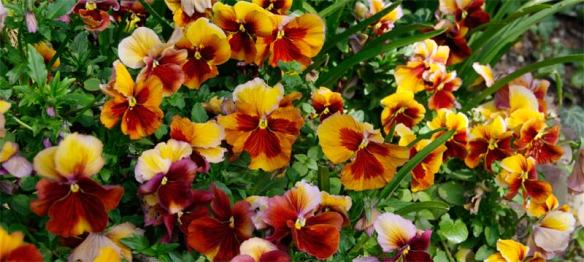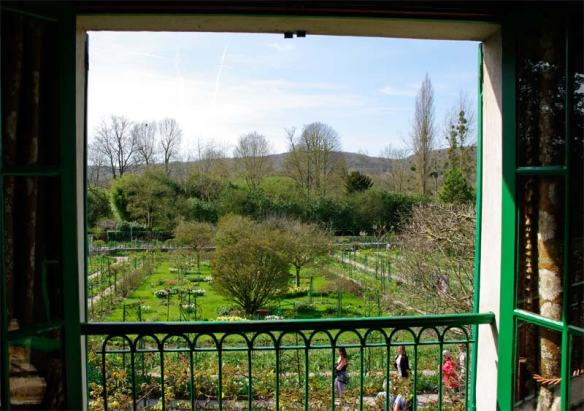Although nature always out-performs human artists, for millennia people have placed artworks in outdoor settings. Some are just statements of wealth and power but the most effective are the ones that show a quirky sense of humour.
My favourite (currently) is at RHS Wisley in the UK – Spring Hare – which is bursting with so much natural energy it demands a second look just to make sure it isn’t real.
The Eden Project in Cornwall, UK is renowned for making political statements via its sculptures and ‘outdoor exhibits’ and one that deserves the widest exposure is in defence of the Bee – pointing out that life as we now know it would’t exist but for the bumble bee.
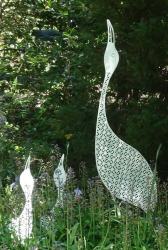 Others are less famous and deliver on a different level, sometimes with just a gentle charm like these waterbirds from a spring garden in the NSW Blue Mountains.
Others are less famous and deliver on a different level, sometimes with just a gentle charm like these waterbirds from a spring garden in the NSW Blue Mountains.
And it seems that all baby animals mimic their parents !
Two dimensional metal art is increasingly popular and allows the artist to express themselves with only a sheet of steel and a cutting torch – this cat and wren from artist Natalia Broadhurst being a good example of simple and amusing garden sculpture.
Most big ‘garden destinations’ (e.g. aimed at attracting large numbers of tourists) have embraced the concept to add to the entertainment factor.
Though there is one in the Loire Valley of France – Chaumont sur Loire that has crowned itself as the art capital of the garden world. Their ‘International Garden Festival’ is a bit of a misnoma in that it is all about “Art” and just so happens to be outside. However some exhibits could not be seen anywhere else.
These Wicker-Thicket-Houses remind me of the wonderful children’s book by Maurice Sendak called ‘Where the Wild Things Are’ which was recently made into a superb film by Spike Jonez.
But no article on quirky garden art could conclude without the Lost Gardens of Heligan ‘Mud Maiden’.
The gardens themselves are a great place to visit delivering on so many levels, but it is perhaps the Mud Maiden that has become the icon of Heligan and the few thousand pounds it cost to commission has translated into hundreds of millions at the entrance gate.
Congratulations to creator/curator of Heligan, Tim Smit for re-envigorating quirky garden art.
